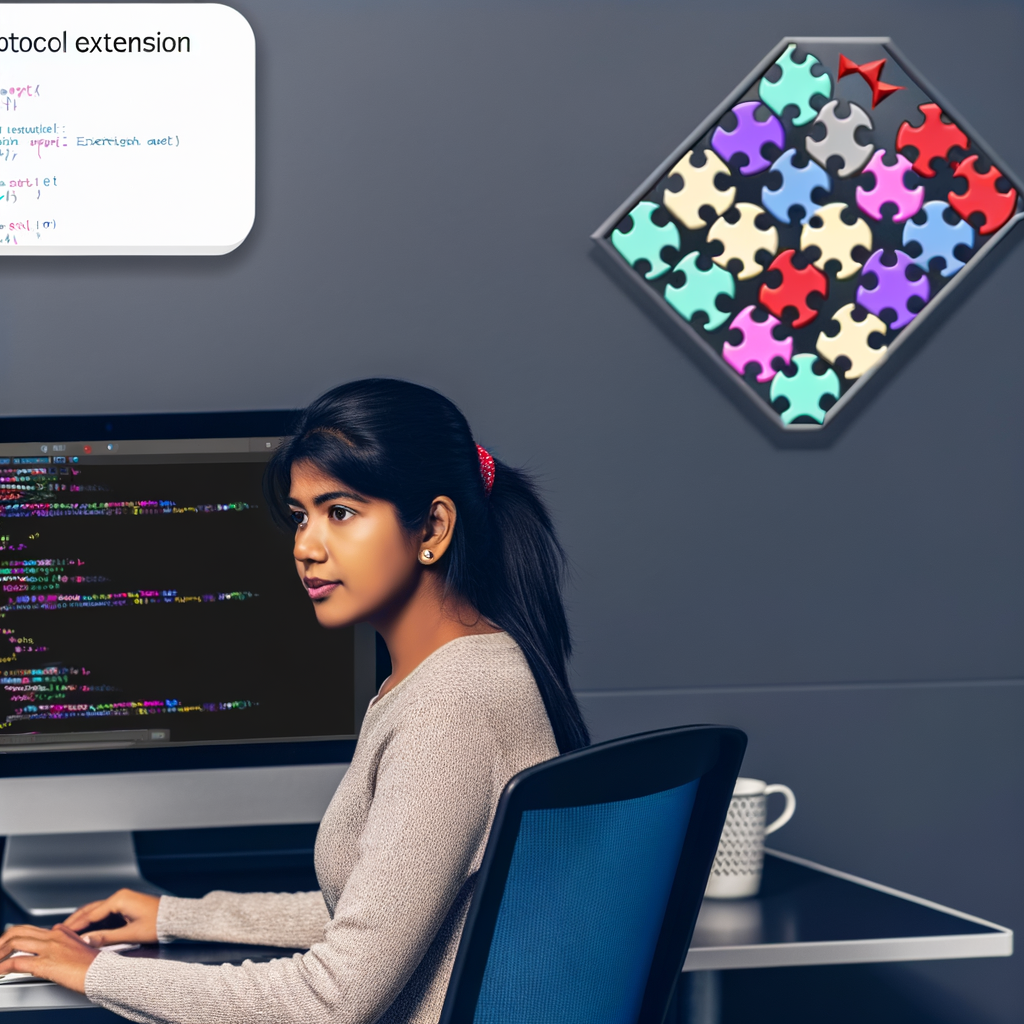
In Swift, protocols are a powerful feature that enable you to define a blueprint of methods, properties, and other requirements for particular pieces of functionality. Protocols can be adopted by classes, structs, or enums, ensuring they conform to a certain set of behaviors. Beyond the basic use of protocols, Swift offers protocol extensions, providing increased flexibility and the power to add common functionality to conforming types.
Protocol extensions bridge the gap between protocol-oriented programming and code reuse. They allow you to provide default implementations for protocol methods, reducing the need for all conforming types to implement the same functionality repeatedly. This decouples the specific implementations from the types that conform to the protocol, fostering cleaner and more organized code. They encourage more modular designs, which are easier to maintain and extend.
To extend a protocol, you use the extension keyword, followed by the protocol's name. Within this extension, you can define method implementations, add computed properties, or even add new methods that conforming types can leverage. Here’s an example:
protocol Drawable {
func draw()
}
extension Drawable {
func draw() {
print("Default drawing.")
}
func color() {
print("Applying default color.")
}
}
In the example above, any type conforming to the Drawable protocol automatically gets a default implementation of the draw method, allowing developers to override it if a different behavior is needed.
Protocol extensions are especially useful in situations where you want to provide shared behavior across different types, such as utility methods that can work with different data types. They’re also effective for applying algorithms generically. For example, consider a protocol like Sortable where you can extend it to provide default sorting algorithms.
Mastering protocol extensions leads to writing fewer lines of code while enhancing the flexibility and reusability of Swift codebases. By allowing you to apply shared behavior to conforming types with ease, protocol extensions support protocol-oriented programming principles and help you build decoupled, clean, and maintainable applications.